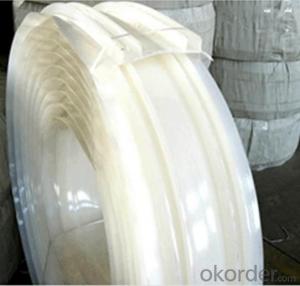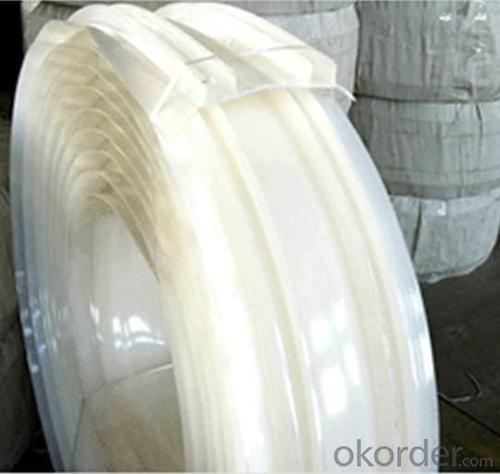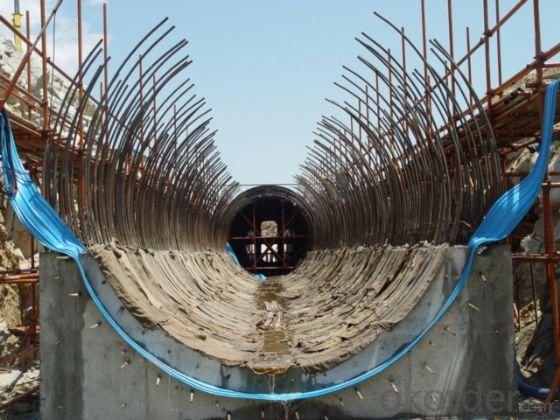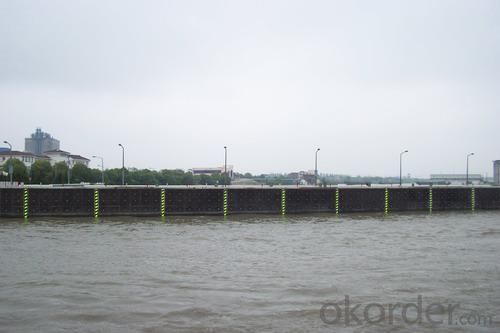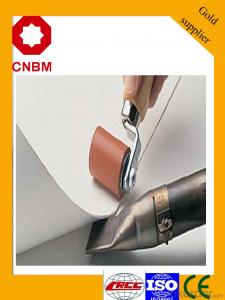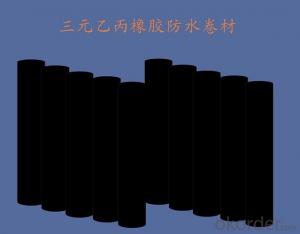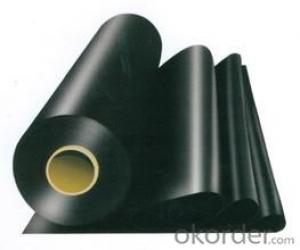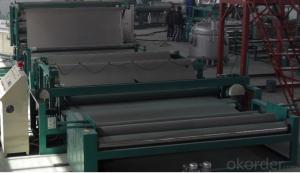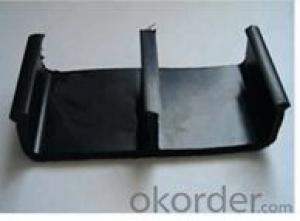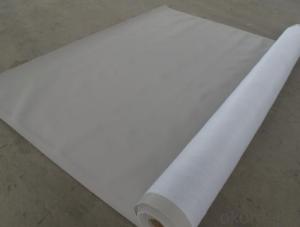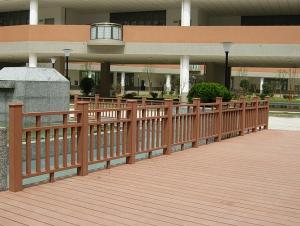EVA waterstops
- Loading Port:
- China Main Port
- Payment Terms:
- TT OR LC
- Min Order Qty:
- -
- Supply Capability:
- -
OKorder Service Pledge
OKorder Financial Service
You Might Also Like
EVA waterstops
Products Description
PVC,EVA waterstops is made of high grade polyvinyl chloride and features unique design and advanced
process. It is applicable for various joints during construction and use. Simple use and easy combination
in construction site.
Products Specification
Thickness :1.0-4 .0 mm
Width :15-30CM
Length: 20M
Features
● PVC, EVA waterstops for sealing construction and expansion joints of reinforced concrete (expansion joint),
placed in the concrete water stop, across and close the gap, forming a solid watertight seamless screen, to
prevent fluid flow through .
● PVC, EVA waterstops with a variety of different shapes, such as middle and external design, in any ground
or underground construction, the formation of a long and solid watertight network, especially for water and
retaining the the structure.
Physical Properties
Items |
| ||
Hardness(A) |
≥80±5 | ||
tensile strength MPa
|
≥13 | ||
Elongation,%
| ≥300% | ||
tear strength KN/m | ≥25 | ||
brittleness temperature ℃ |
≤-30 | ||
|
| ||
|
| ||
Installiton
PVC water stop rubber water stop with the same installation method. When buried in the poured concrete interface
to make it fit with the flat part of the adhesive fastening joints, buried in the process of pouring the power to appropriate
the full vibrating the concrete, making it a good combination with concrete, in order to obtain the best sealing effect .
Application Range
Different shapes of PVC,EVA Waterstops centrally and extermally placed allow lasting watertight seals in any grades
of construction design. They are typically used in water retaining and excluding structure, such as reservoirs, sewage tanks,
dams, pools, basements,subway, tunnels retaining walls, etc.
- Q: Can a waterproofing membrane be used in areas with high humidity?
- Yes, a waterproofing membrane can be used in areas with high humidity. In fact, high humidity can often contribute to the need for waterproofing as it can lead to moisture buildup and potential water damage. Waterproofing membranes are designed to create a barrier that prevents water from seeping through surfaces, such as walls or floors. They can effectively protect against moisture and water infiltration, which is particularly important in high humidity areas where the risk of water damage is greater. By applying a waterproofing membrane, you can significantly reduce the likelihood of mold, mildew, and other moisture-related issues in these environments.
- Q: Can a waterproofing membrane be used in conjunction with expansion joint systems?
- The use of a waterproofing membrane can be combined with expansion joint systems. These membranes are frequently employed to prevent the infiltration of water and safeguard structures against moisture damage. In contrast, expansion joint systems are put in place to enable movement and accommodate thermal expansion and contraction in structures. By utilizing both a waterproofing membrane and expansion joint systems, it is feasible to provide both waterproofing and movement accommodation in a structure. This guarantees that the structure is shielded from water damage while still permitting necessary movement. It is crucial to design and install both the waterproofing membrane and the expansion joint system properly to ensure their compatibility and effectiveness.
- Q: Can a waterproofing membrane be used for crawl spaces or basements?
- Yes, a waterproofing membrane can be used for crawl spaces or basements. In fact, it is one of the most effective methods to prevent water infiltration and moisture issues in these areas. Waterproofing membranes are designed to create a protective barrier against water, preventing it from seeping into the crawl space or basement. They are typically made from durable materials such as rubber, PVC, or polyethylene, which are resistant to water penetration. These membranes are installed on the walls and floors of the crawl space or basement, creating a watertight seal. This helps to keep the area dry, prevent water damage, and reduce the risk of mold and mildew growth. Additionally, waterproofing membranes can also act as a vapor barrier, preventing moisture from evaporating from the ground and entering the crawl space or basement. Overall, using a waterproofing membrane is a recommended solution for maintaining a dry and healthy crawl space or basement.
- Q: Can waterproofing membranes be used on shower walls?
- Yes, waterproofing membranes can indeed be used on shower walls. In fact, they are an essential component of shower construction to prevent water leakage and potential damage to surrounding areas. Waterproofing membranes create a barrier that prevents water from seeping through the walls and into the structural components of the shower. They are typically installed behind the tile or other wall covering materials to provide an extra layer of protection. Waterproofing membranes are designed to be flexible, durable, and resistant to moisture, ensuring that the shower walls remain watertight and free from any potential water damage.
- Q: Is a waterproofing membrane resistant to UV radiation?
- Typically, a waterproofing membrane is resistant to UV radiation. Most manufacturers design these membranes to be durable and long-lasting, ensuring they can withstand exposure to UV rays. Over time, UV radiation from the sun can cause degradation and damage to various materials, including waterproofing membranes. To combat this, manufacturers often include UV stabilizers and additives in the membrane's composition. These additives prevent the breakdown of the membrane's structure, allowing it to remain effective in preventing water infiltration and maintaining its performance for an extended period, even when exposed to direct sunlight. Some waterproofing membranes may also have a protective layer or coating that offers extra UV resistance. To understand the specific UV resistance capabilities of a particular waterproofing membrane, it is advisable to consult the manufacturer's specifications and guidelines.
- Q: Can a waterproofing membrane be used on stadium seating areas?
- Yes, a waterproofing membrane can be used on stadium seating areas. Waterproofing membranes are typically used to protect structures from water damage, including roofs, basements, and decks. Stadium seating areas are often exposed to the elements, including rain and snow, which can lead to water damage if not properly protected. By applying a waterproofing membrane, the seating areas can be safeguarded against water infiltration, preventing potential issues such as mold growth, deterioration of materials, and structural damage. It is important to choose a high-quality waterproofing membrane that is specifically designed for outdoor use and can withstand heavy foot traffic, ensuring long-lasting protection for the stadium seating areas.
- Q: Can a waterproofing membrane be used for train platforms?
- Yes, a waterproofing membrane can be used for train platforms. Train platforms are exposed to various weather conditions, including rain and snow, which can cause water damage and deterioration over time. By installing a waterproofing membrane on the surface of the train platform, it creates a protective barrier that prevents water from seeping through and causing damage to the underlying structure. This helps to extend the lifespan of the platform, reduce maintenance costs, and ensure the safety of passengers and personnel. Additionally, a waterproofing membrane can also help to prevent the growth of mold and mildew, which can be detrimental to the health of individuals using the train platform. Overall, using a waterproofing membrane on train platforms is a practical and effective solution to protect against water damage and maintain the longevity of the infrastructure.
- Q: Can a waterproofing membrane be used in commercial buildings?
- Yes, a waterproofing membrane can be used in commercial buildings. It is commonly used as a protective barrier to prevent water infiltration in various areas such as basements, roofs, and foundations. The membrane acts as a reliable solution to ensure the longevity and structural integrity of commercial buildings, protecting them from potential water damage and leaks.
- Q: What is rigid waterproof, flexible waterproof?
- 1, rigid waterproof means that: waterproof layer by the tensile force is greater than the tensile strength of waterproof materials (including settlement deformation, temperature deformation, etc.), waterproof layer of brittle cracking caused by leakage of water, known as rigid waterproof. (Especially the "water leakage" waterproof layer), waterproof concrete mortar waterproof layer, thin layer of inorganic rigid waterproof layer (such as "water leakage" waterproof layer), and so on.
- Q: Are waterproofing membranes resistant to algae growth?
- Yes, waterproofing membranes are typically resistant to algae growth. The materials used in these membranes are often designed to be non-porous and inhibit the growth of algae and other organic matter. Additionally, some membranes may have additional features such as UV resistance or anti-microbial properties that further deter algae growth.
Send your message to us
EVA waterstops
- Loading Port:
- China Main Port
- Payment Terms:
- TT OR LC
- Min Order Qty:
- -
- Supply Capability:
- -
OKorder Service Pledge
OKorder Financial Service
Similar products
Hot products
Hot Searches
Related keywords
